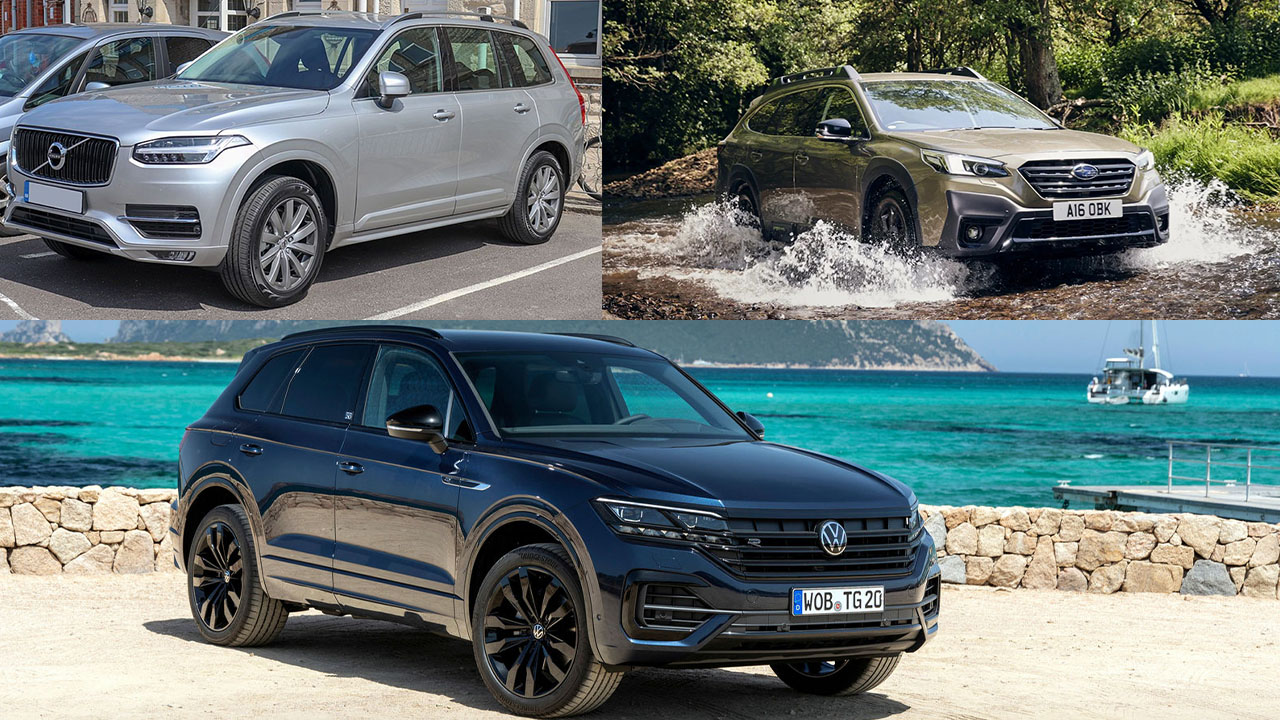Whether you’re planning to tow a small trailer or a fully loaded six-berth caravan, including all its features like a kitchen sink, you’ll need to select the right tow car for the task.
A powerful, torquey engine with ample grip is a great foundation, but it’s also important to consider the relevant towing laws.
At the very least, an ideal tow car should have sufficient power to pull its own weight, along with the load it’s towing. The kerb weight of the vehicle also plays a crucial role in determining the maximum weight of the item being towed.
Larger vehicles with more powerful engines generally have higher towing capacities. Although these types of vehicles can be expensive, there are numerous excellent used cars available that can perform the task at a much lower cost. We’ve compiled a list of 10 of the best options for you.
A quick note about kerb weights, which are essential for calculating how much you can tow without violating the terms of a standard driving license:
We’ve provided them here as a reference, but it’s important to verify the exact mass of the specific model you’re interested in, since variations in engine, trim level, and additional features can affect the vehicle’s weight.
1. Land Rover Defender
- Kerb Weight from: 2,228kg
- Maximum towing capacity: 3,500kg
If you’re planning to venture far off the beaten track with your caravan or trailer, the Land Rover Defender is one of the top choices for a tow car that will get you there and back.
While high-end models can be quite expensive, purchasing a used one can offer considerable savings. Most versions of the Defender are capable of towing up to an impressive 3,500kg.
When considering a used Land Rover Defender, it’s recommended to choose the five-door version over the three-door, as it provides added practicality. However, the Defender maintains its iconic, rugged look regardless of the body style you opt for.
The strategic importance of the reimagined Land Rover Defender has been clear since its debut in 2019, but its commercial significance has rapidly grown even more. The Defender has become a vital profit driver for Jaguar Land Rover (JLR).
Although a commercial-grade Defender 90 starts at around £57k, it’s easy to configure a top-end V8 110 to cost more than £100,000 before adding options, and even more for the ultra-high-end Defender Octa. In 2023, JLR sold more Defenders than its Velar, Evoque, and Discovery Sport models combined.
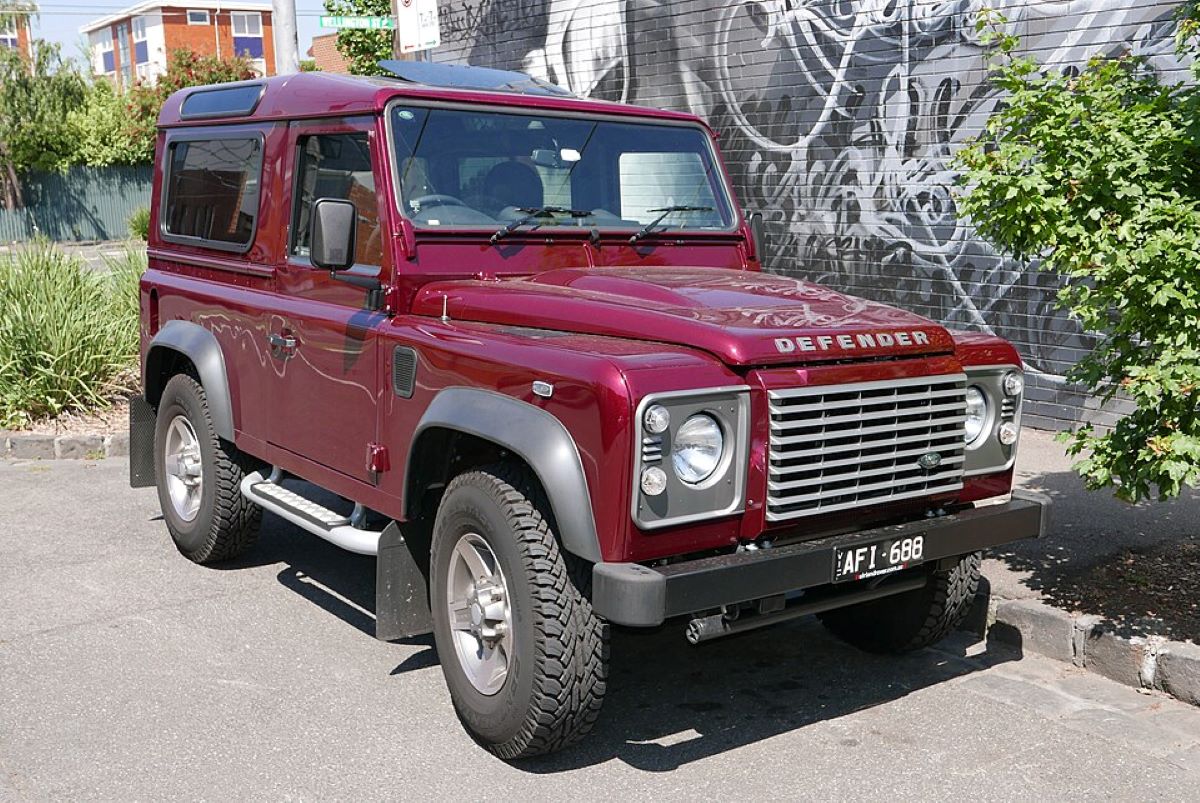
In the UK, sales have risen every year since its re-release, underscoring the Defender’s importance to the brand. With its high price tags and luxury configurations, the Defender is now an asset JLR can’t afford to let stagnate.
To maintain its momentum, the 2025-model-year update of the Defender has arrived. This update is not so much a facelift, as the exterior design remains mostly unchanged. Instead, the focus has been on refining the interior, elevating the cabin’s luxury to appeal to a more upscale market.
Despite the updates, the Defender still retains its rugged charm—there is still no wash-out interior. Beyond the cabin revisions, the biggest change is the addition of a new engine option, alongside the upcoming range-topping Defender Octa.
The Defender remains available in the 90, 110, and 130 body styles, with the 90 arriving in early 2021 and the 130 following in 2022.
While the initial engine lineup included only four options, it has now expanded to six, though some engines are reserved for models with prices starting above £80,000. The core engine choices now include two 3.0-litre six-cylinder diesel options, the D250 and D350, producing between 247bhp and 345bhp, respectively.
There’s also a P300e plug-in hybrid, which pairs a four-cylinder turbo petrol engine with an electric motor, enhancing real-world efficiency and fleet viability.
For those willing to go for higher-end models, the Defender offers the P425 and P500 V8 engines, both of which sit just beneath the new 626bhp Defender Octa. This expanded engine range ensures the Defender continues to meet a variety of customer needs, from everyday driving to off-road adventures, while maintaining its luxury appeal.
2. Skoda Octavia
- Kerb weight from: 1,232kg
- Maximum towing capacity: 1,800kg
The Skoda Octavia provides an exceptional amount of interior space for the price. While it may not be the most stylish car in its segment, the latest models come with solid technology and make excellent tow cars.
For optimal towing performance, we’d recommend the 150bhp diesel or petrol engines, as the base engine might struggle when pulling a load.
When not used for towing, the Octavia is a fantastic all-round vehicle. It’s comfortable, easy to drive, and well-equipped. Additionally, there’s a sporty vRS variant for those who enjoy the thrill of a hot hatch.
Skoda has a knack for surpassing its Volkswagen Group counterparts—VW, SEAT, and Audi—when it comes to space and practicality, and the Skoda Octavia stands out as one of the best examples.
As a family car, the Octavia is larger than models like the Volkswagen Golf, SEAT Leon, Mercedes A-Class, Audi A3, and BMW 1 Series, yet it comes at a more affordable price.
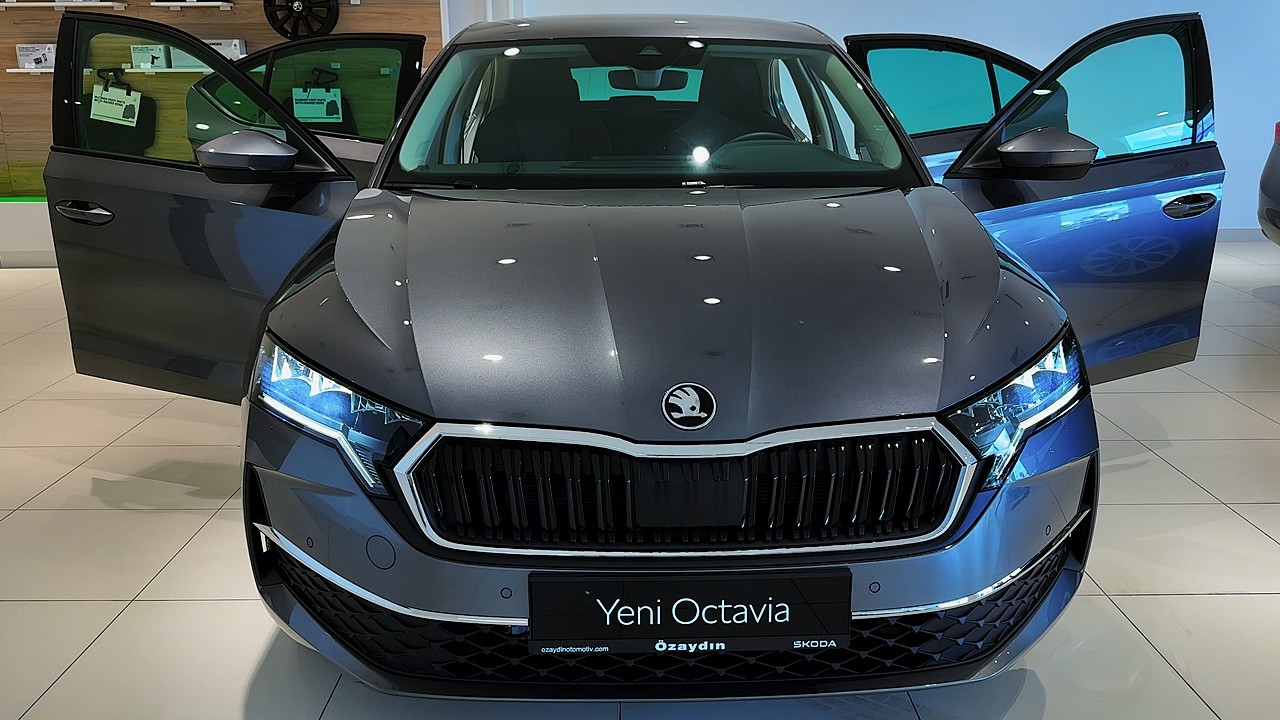
Although this Skoda Octavia is a completely new model, it unmistakably retains the identity of an Octavia. The front features the same recognizable grille, though it’s now more angular, and the outdated twin headlights of the previous model have been replaced with a sleeker pair of slim LED lights.
A bold crease runs along the side, giving the car a more commanding presence—similar to the shoulder pads in a 1980s suit jacket. You can also opt for wheels as large as 19 inches, even on non-vRS variants. The new design is completed with crystal-inspired rear LEDs.
Skoda has made significant efforts to elevate the new Octavia’s interior, adding soft-touch plastics, padded textile trim, and generously cushioned seats that could rival the comfort of your home armchair.
However, while it’s an improvement, the interior still feels less exciting than that of rivals like the Ford Focus or SEAT Leon.
One standout feature is the prominent central infotainment touchscreen, which is included even in entry-level models. Most of the physical controls are now located in the center of the dashboard, creating a clean, modern look.
The system is user-friendly, featuring Apple CarPlay and Android Auto as standard. Additionally, the Octavia comes with sleek digital driver’s dials, further enhancing the car’s modern feel.
3. Subaru Outback
- Kerb weight from: 1,641kg
- Maximum towing capacity: 2,000kg
The Subaru Outback is a versatile all-rounder. Its body style blends elements of an SUV and an estate car, offering plenty of practicality and interior space. The elevated ride height, along with standard all-wheel-drive, also provides it with commendable off-road capabilities.
While the 2.5-litre petrol engine isn’t particularly powerful, it’s still a competent towing vehicle and represents good value when bought used.
Although there are more economical cars to run, the 2.5-litre engine can be somewhat fuel-hungry. However, you do get a wealth of technology included as standard, and the rugged styling is likely to appeal to many.
The Subaru Outback is often described as a hybrid, but not in the way most people expect. There’s no electrification here; instead, the Outback combines the characteristics of an estate car and a family SUV, making it sit between two car categories.
The core design of the Outback follows that of an estate car, which is why we classify it as such, but every model is equipped with off-road features, including all-wheel drive, plastic cladding, and a higher ride height.
Finding direct competitors is challenging, but the Citroën C5 X comes close, offering a mix of SUV and estate qualities, though it’s front-wheel drive rather than the Outback’s all-wheel drive.
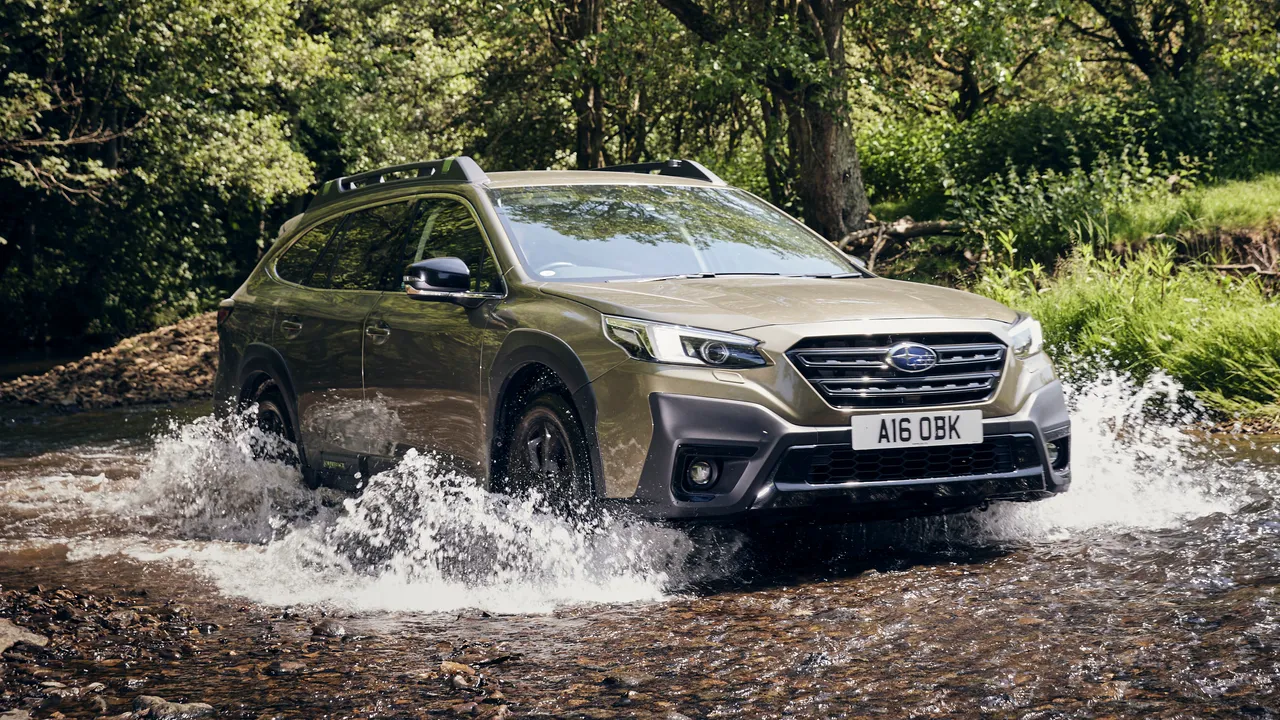
If you’re more inclined towards an estate car, models like the Skoda Superb Estate and Volkswagen Passat are worth considering. On the SUV side, you might look at the Land Rover Discovery Sport and Toyota RAV4.
So, does the Subaru Outback offer the best of both worlds? Let’s dive deeper to see how it compares to its key rivals. The Outback excels in offering excellent all-weather capabilities, a wealth of safety features, and substantial interior practicality.
It’s a sensible choice for private buyers, thanks to its affordable entry-level pricing and strong resale values. However, it falls short in driving enjoyment, and its high emissions make it less appealing as a company car.
Key positives include impressive safety tech, solid residual values, and exceptional traction in difficult conditions. On the downside, the ride could be smoother, the performance feels underwhelming, and the handling lacks excitement.
The base price for the Outback starts at £37,990, with leasing options available from £509 per month. If you’re looking for a more premium model, the Outback 2.5i Limited 5dr Lineartronic is priced at £40,495.
Performance-wise, the Outback features a 167bhp 2.5-litre petrol engine paired with a CVT gearbox, offering a 0-60mph time of 10.2 seconds.
Around town, the Outback feels responsive enough, but on faster roads, it struggles. It demands a heavy foot to get up to speed, and even then, performance is sluggish. Rivals, like the entry-level Skoda Superb Estate, accelerate more quickly and with less effort.
However, the Outback’s CVT transmission is relatively quiet and refined compared to many competitors, such as the Honda HR-V. Subaru has programmed artificial steps to simulate gear changes, reducing engine revs and improving refinement.
The Outback is easy to drive, thanks to its light steering, which makes low-speed maneuvers simple. However, the steering lacks precision when cornering, especially compared to a BMW 3 Series Touring.
The car’s grip levels are average, and there’s noticeable body lean during tight turns. Nevertheless, the all-wheel-drive system excels at providing traction in various conditions, which is particularly beneficial for caravan owners looking to navigate muddy fields.
In terms of towing, the Outback offers a respectable 2,000kg towing limit for a braked trailer, though it’s not the top performer in its class. The braking system is strong and offers smooth modulation for easy stops.
While the Outback is rugged and capable off-road, its ride quality is a bit of a letdown. It improves at higher speeds but remains firmer than expected given its raised suspension and relatively small 18-inch alloy wheels.
The trade-off is that the Outback stands out as one of the most robust estate cars for off-road use, with ample ground clearance to handle obstacles. The suspension is designed to minimize noise, providing confidence when driving over rough terrain.
As for refinement, the Outback performs decently in regular driving conditions. Road noise is minimal during highway cruising, and the engine remains quiet unless pushed hard.
The only notable complaints are mild wind noise around the upright windscreen and large door mirrors, as well as a somewhat abrupt engine start-stop system.
4. Volvo XC90
- Kerb Weight: 2,081kg
- Maximum towing capacity: 2,700kg
The elegant Volvo XC90 is known for being safe, spacious, and capable of seating up to seven people.
Every model comes with all-wheel-drive and an automatic transmission, which makes towing a much easier task. While all new models are hybrid petrols, there are still some nearly new diesel versions available.
The infotainment system is starting to feel a bit outdated, and it might not offer the same level of comfort you might expect from a Volvo. However, the interior remains a pleasant place to spend time, and the car comes fully equipped with a wide range of features.
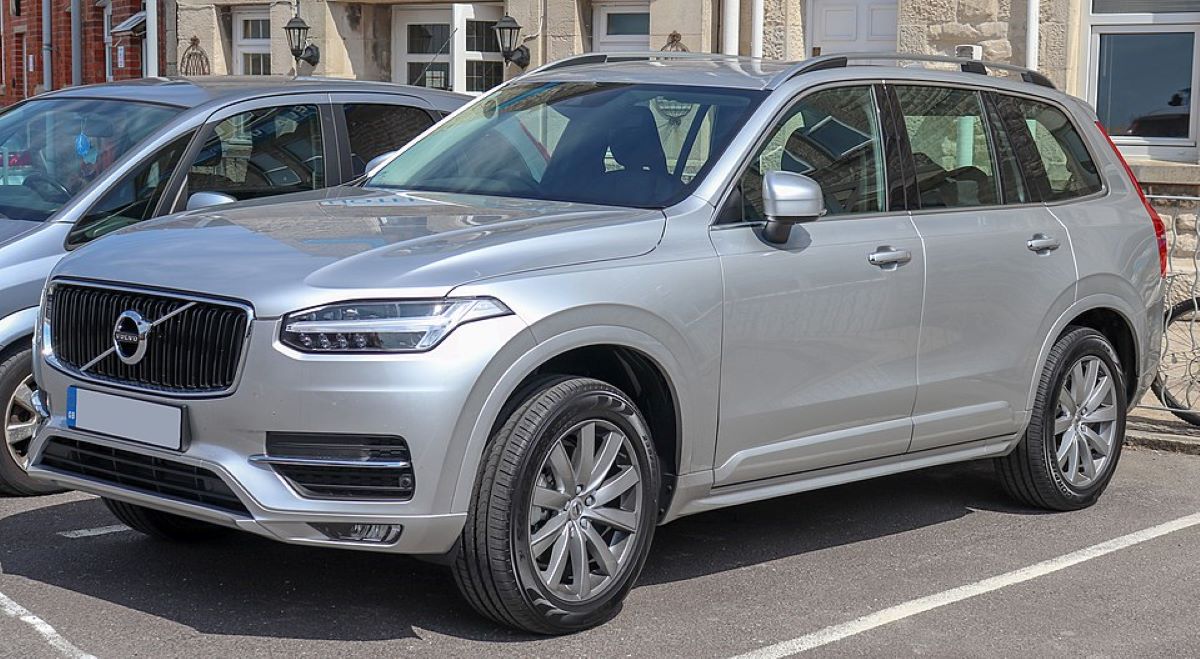
The 2025 Volvo XC90, despite not receiving a full redesign in the past ten model years, continues to be an attractive choice in the mid-size luxury crossover segment.
A refresh of its styling and interior, expected in the first quarter of 2025, will further extend the XC90’s appeal, although the early 2025 models won’t feature this update.
The XC90 is available with three distinct powertrains, beginning with the base B5, which delivers 247 horsepower from a turbocharged four-cylinder engine. The next step up, the B6, enhances this engine with a supercharger, raising output to 295 horsepower, and both models incorporate a 48-volt hybrid system.
Additionally, there’s the T8 plug-in hybrid (reviewed separately), which produces an impressive 455 horsepower and offers an electric-only range of up to 33 miles before the battery is depleted.
Inside, the XC90’s cabin is outfitted with premium materials, including elegant open-pore wood trim, soft leather, and refined brightwork, contributing to a luxurious environment.
5. VW Touareg
- Kerb Weight: 2,092kg
- Maximum towing capacity: 3,500kg
The VW Touareg is a thoroughly modern SUV, equipped with the latest technology and safety features. When new, it’s priced lower than many of its competitors, which means you can find significant savings on the used car market.
It’s also capable of towing almost any boat, caravan, or trailer you come across. Both diesel engine options deliver strong performance and decent fuel efficiency.
While the cabin may not feel as luxurious as you might expect from a vehicle of this calibre, and there is no seven-seater version available, the Touareg distinguishes itself with its more affordable starting price compared to rivals, as well as its spacious interior and abundance of tech features.
Also Read: 10 Vehicles With Best Long-Term Fuel Economy That Save You Money Year After Year
Launched in 2002 and now in its third generation, the Volkswagen Touareg stands as the most technologically advanced and intelligent production car to come from Wolfsburg.
The Touareg R, in particular, also represents the company’s most powerful production model. In essence, the Touareg is Volkswagen’s stylish alternative to other premium SUVs like the Audi Q7, BMW X5, Mercedes GLE, and Porsche Cayenne.
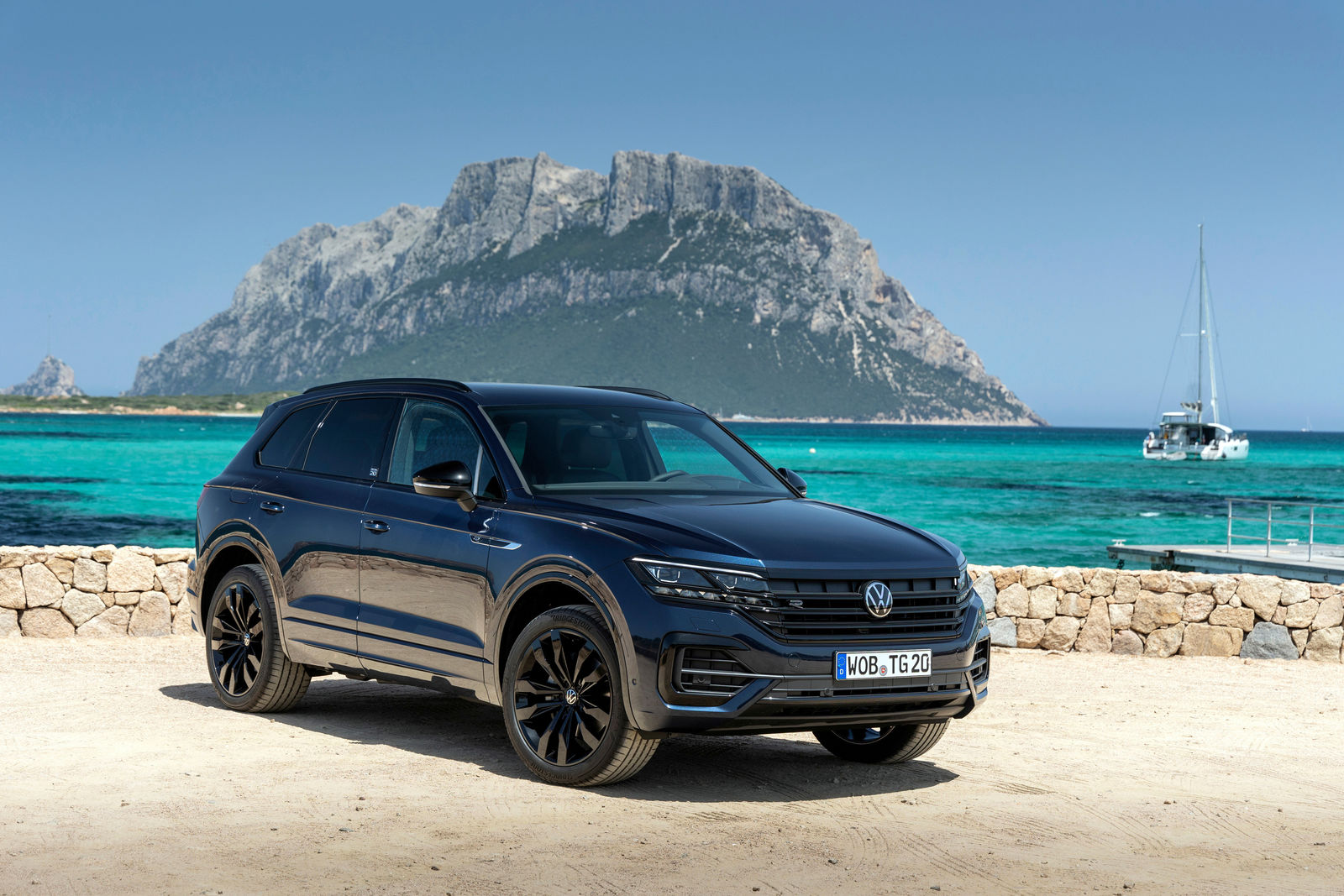
Built using the highly versatile ‘MLB Evo’ platform, the Touareg shares its architecture with the Q7, Bentley Bentayga, Lamborghini Urus, and Cayenne.
This shared foundation means the Touareg benefits from aluminum suspension, a largely aluminum body, and extensive weight-saving measures across the powertrain, cooling systems, exhaust, electrics, and even the seats, contributing to overall efficiency.
As for its design, the Touareg certainly commands attention. While its initial appearance was considered somewhat bulky, the third-generation model, introduced in 2018, brought sharper, more powerful lines, giving it a more refined and modern look. The recent mid-life facelift has further enhanced this design.
The facelift includes typical updates, such as redesigned front and rear bumpers, new matrix headlights featuring a staggering 38,432 LEDs for improved illumination, and a refreshed rear lightbar.
There’s also an illuminated VW logo (depending on the specifications) and new 20-, 21-, and 22-inch alloy wheel designs, all contributing to a more polished and dynamic appearance.
Inside, the Touareg features an upgraded version of Volkswagen’s Innovision Cockpit, which includes a 12-inch digital instrument cluster and a large 15-inch touchscreen.
This system also benefits from wireless app integration, enhanced voice control, and softer touch materials around the cabin, addressing some of the complaints about the pre-facelift interior. More details about the interior are available on the Interior tab.
SUVs With The Worst Towing Capacity
SUVs are a highly versatile category of vehicles designed to meet a variety of needs, from off-roading and adventure to family trips. Many SUVs are equipped with four-wheel drive and offer high ground clearance, making them ideal for navigating rough terrain.
Additionally, they often provide a generous amount of cargo space, ensuring you can carry everything you need for a weekend getaway. Another common and popular use for SUVs is towing some models can tow as much as 10,000 pounds.
While car manufacturers often highlight the towing capacities of their SUVs, it’s important to note that not every model or trim level will suit your specific towing requirements.
When selecting an SUV primarily for its towing capabilities, it’s essential to consider both the vehicle’s tow rating and the weight of the load you intend to haul, whether it’s a fully loaded trailer or an ATV.
Since exceeding your SUV’s tow rating is unsafe, you’ll need to find a vehicle that offers the right towing capacity and additional features to meet your particular needs.
The SUVs featured in this list represent some of the lowest tow capacities available for any SUV released this year even when equipped with a towing package.
While these SUVs are not necessarily poor vehicles, they possess many impressive and useful attributes for other purposes. However, if your primary goal is to tow something on the heavier side, these SUVs may not be the ideal choice.
1. 2024 Toyota RAV4
The Toyota RAV4 is what SlashGear refers to as a suburban dad-mobile. In a recent review, we acknowledged that the RAV4 is more suited for finding parking spaces at an outlet mall than for off-roading, despite the marketing that suggests otherwise.
There’s nothing inherently wrong with the RAV4’s performance, but it doesn’t particularly stand out either.
While it feels a bit cramped and lacks a certain sense of excitement, the Toyota RAV4 compensates for these drawbacks by being more cost-effective compared to its rivals.
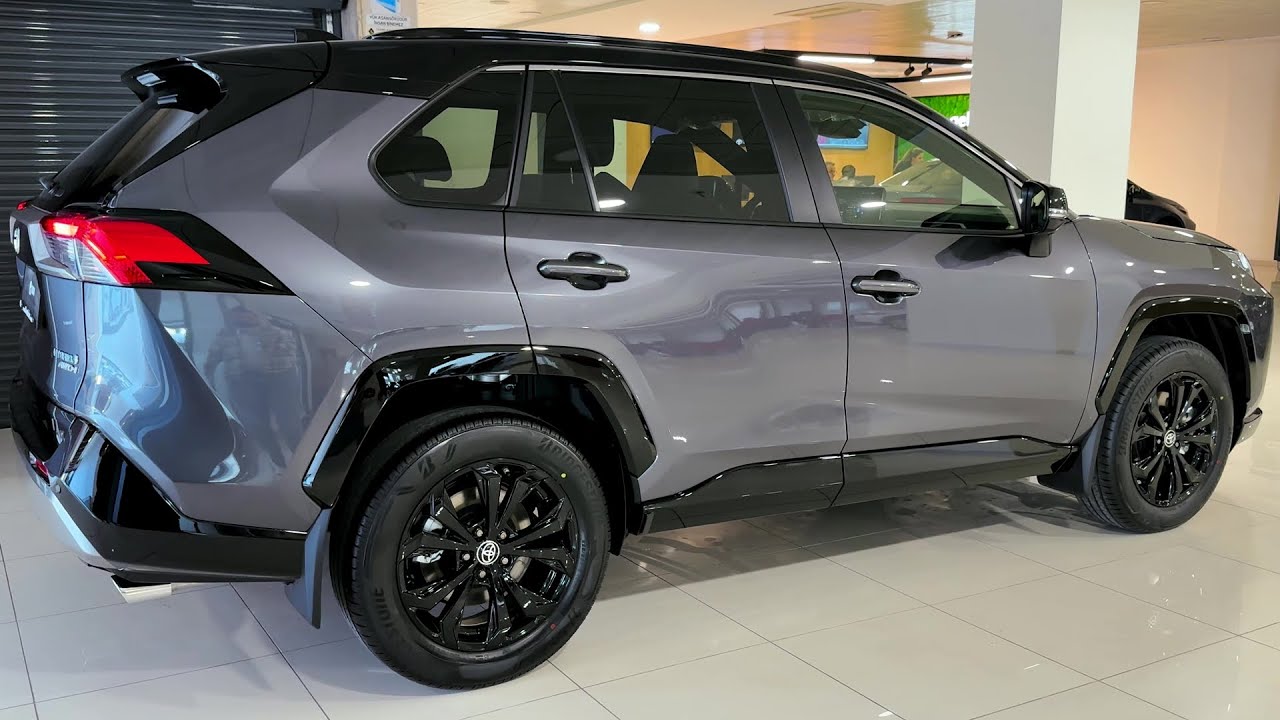
Sadly, its towing abilities are equally underwhelming. With the Adventure trim, the RAV4 can tow up to 3,500 pounds, but this still feels more like a chore than an adventure.
Without the Adventure package, the RAV4 lacks the torque-vectoring all-wheel-drive system necessary to reach that towing capacity and is limited to a mere 1,500 pounds.
While you can still manage a weekend camping trip with the RAV4, it’s best to ensure the destination isn’t too far off the beaten path.
2. 2024 Ford Escape
The 2024 Ford Escape is another SUV that’s adequate but not exceptional. It performs its intended tasks, but it doesn’t go beyond that, nor does it do so with much enthusiasm.
Fortunately, it offers decent space, especially since it won’t be handling a significant amount of towing. To reach the Escape’s maximum towing capacity of 3,500 pounds, you’ll need to opt for the Escape ST-Line Select trim.
This version comes equipped with a 2.0-liter EcoBoost 4-cylinder engine, producing 250 horsepower and 280 lb-ft of torque, provided you also choose the Class II Trailer Tow package, which adds an extra $495 to the cost.
This trim also includes all-wheel drive, trailer sway control, a receiver hitch, a wiring harness, and additional features.
Ford asserts that the Escape can easily tow a small boat or trailer. If you’re unsure whether the Ford Escape can handle your towing needs, you can take their quiz. However, if you select weights on the higher end, you may want to consider looking at Ford F-150s instead.
The 2025 Ford Escape is easy to maneuver thanks to its compact size and low steering resistance. However, its handling feels somewhat numb, and the ride quality is only average.
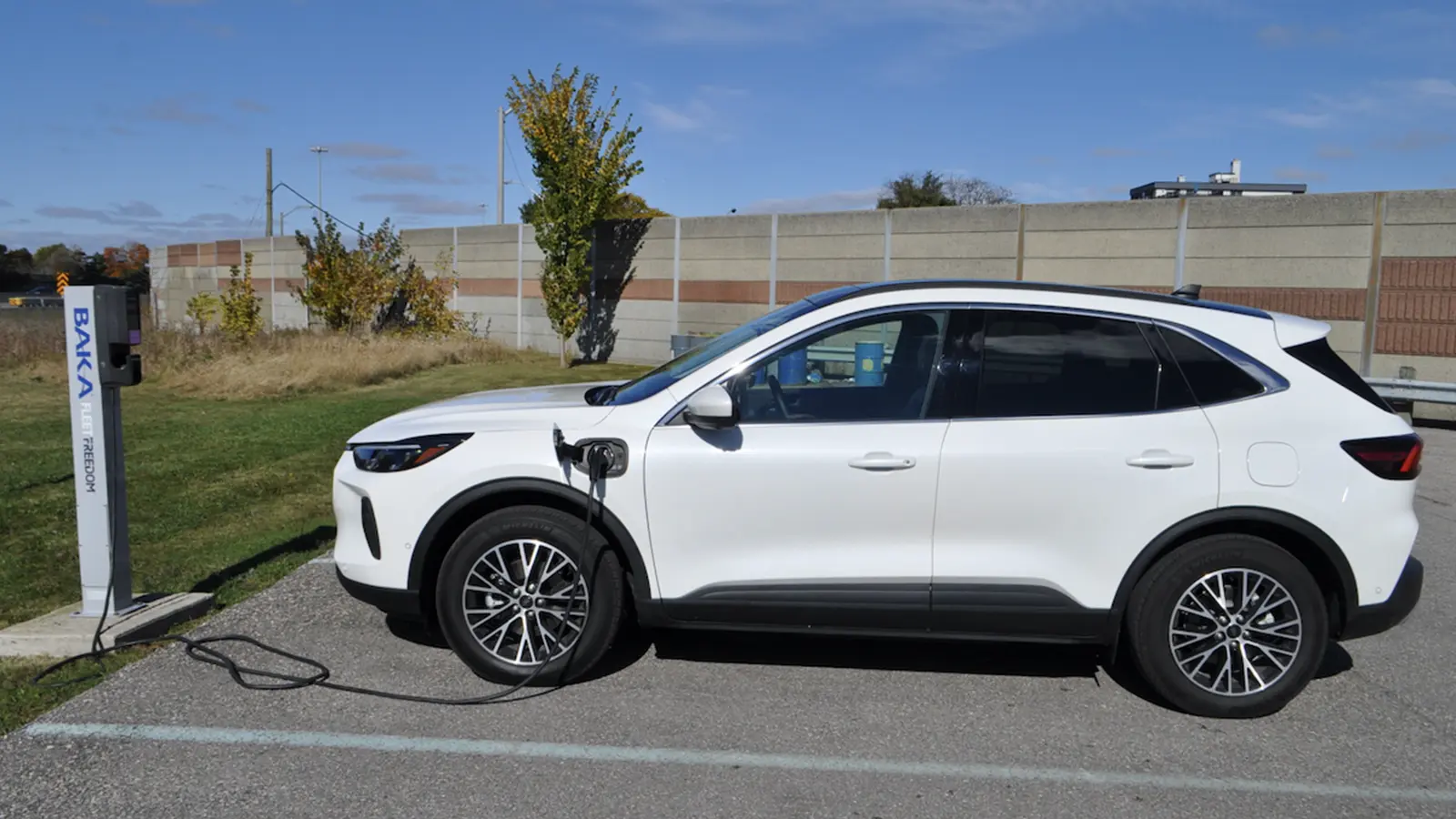
The Escape comes equipped with a 180-horsepower turbocharged three-cylinder engine, which is adequate for everyday driving but may leave you wanting more power for highway passing.
Additionally, the standard eight-speed automatic transmission can occasionally struggle to find the appropriate gear. Higher trims feature a more powerful 250-horsepower turbocharged four-cylinder engine, providing livelier acceleration.
The EPA has not yet released fuel economy estimates for the 2025 Escape, but the 2024 model offers decent efficiency for a compact SUV. With the base engine and front-wheel drive, it achieves approximately 27 mpg in the city and 34 mpg on the highway.
Opting for all-wheel drive with the base engine reduces these numbers to about 26/32 mpg city/highway. The Escape with the upgraded engine and all-wheel drive gets around 23/31 mpg city/highway.
The U.S. News Best Price Program helps users save an average of $3,009 off the MSRP, which leads to lower monthly lease payments. As a result, you could save about $83 per month on a 36-month lease.
The Ford Escape’s interior lacks excitement, with a simple cabin design and materials that feel cheap, especially in lower trims. However, the overall atmosphere improves in higher trims.
There’s ample space for passengers in both rows, and taller individuals in the rear seats will appreciate the sliding back seats that allow for additional legroom. The front seats are comfortable enough for long drives, offering good bolstering and support.
The Escape also offers more cargo space than many other compact SUVs, providing up to 37.5 cubic feet behind the rear seats and a generous 65.4 cubic feet with the rear seats folded down.
3. 2024 Subaru Forester
The Subaru Forester continues to evolve with each new model year we recently reviewed the 2025 Subaru Forester, which featured some design and feature updates.
However, the overall consensus is that there’s still no rush to replace the 2024 model if you don’t need to. The 2024 Subaru Forester comes with a 2.5-liter four-cylinder engine that generates just 182 horsepower and takes eight seconds to reach 60 miles per hour.
While it’s not particularly thrilling, it offers additional features that make off-roading enjoyable.
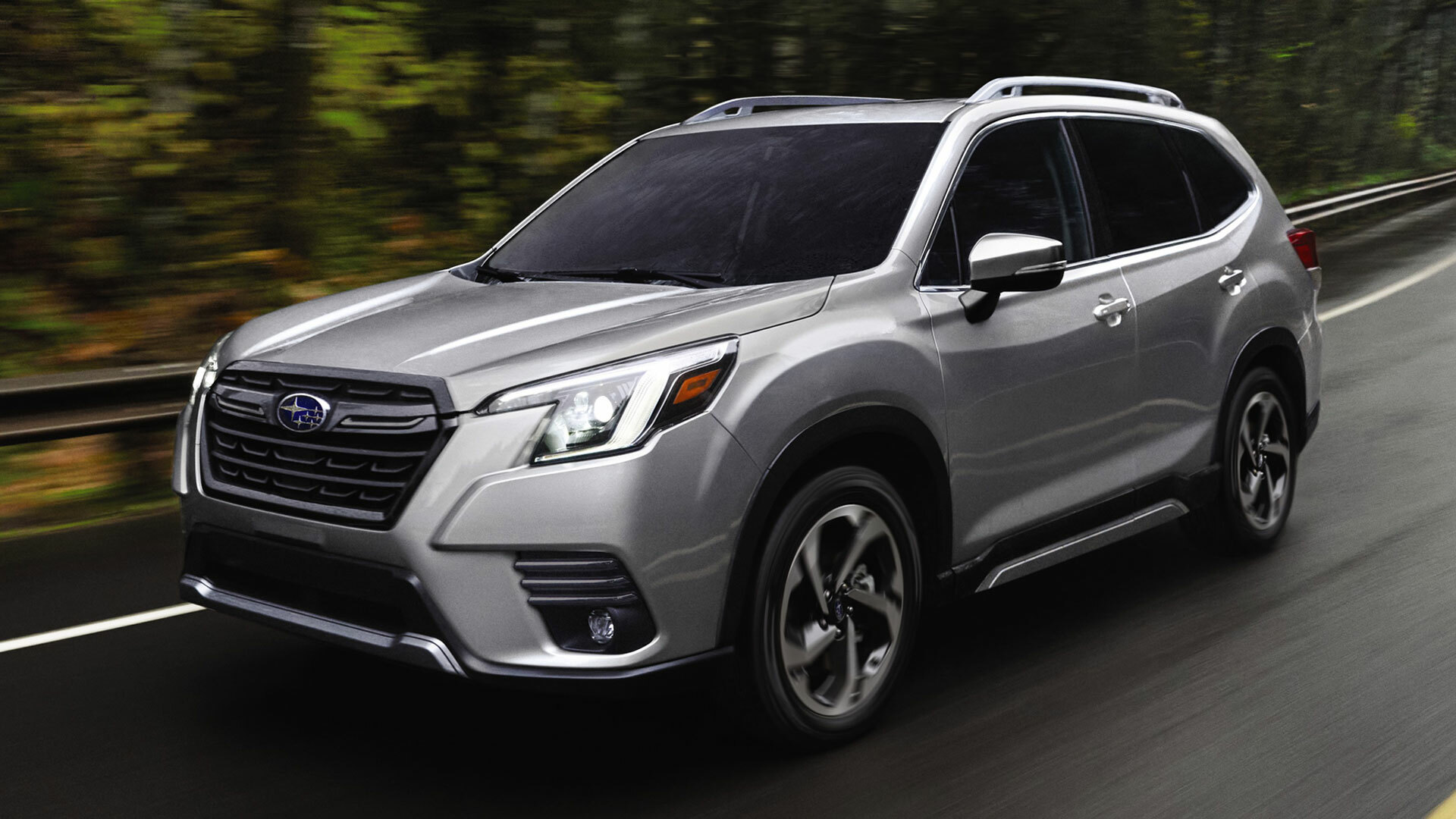
Towing capabilities, on the other hand, are a different story. The Wilderness trim can tow up to 3,000 pounds, while the base model is limited to a maximum of 1,500 pounds. Some Forester enthusiasts have reported being able to tow more than the official maximum towing capacity.
On Reddit, Forester owners discussed how the towing capacity in the U.S. is lower than in other countries due to varying towing standards. One Forester fan shared: “My 2007 Forester is rated for 2,400lbs here and 4,400lbs in Europe.”
Also Read: 5 SUVs That Feel Solid at High Speeds and 5 That Don’t Inspire Confidence
4. 2024 Kia Sportage
SlashGear’s review of the 2024 Kia Sportage described it as “quite unremarkable.” While the interior is appealing and offers plenty of space, the top speed is a forgettable 115 miles per hour.
Towing capacity is another weak point for this SUV. When equipped with trailer brakes, a tow hitch with harness, and retractable and fixed tow bars, it can tow up to 2,500 pounds.
Without these additions, the maximum towing capacity drops to just 1,653 pounds. Despite this limitation, it is still capable of towing various useful vehicles, such as an ATV, jet ski, motorcycle, or even a teardrop trailer.
Although its towing capacity is far from that of SUVs with much higher limits (which can exceed 8,000 pounds), the 2,500-pound capacity is still adequate if you’re looking for an SUV that can handle a fun day out at the beach or on the trails.
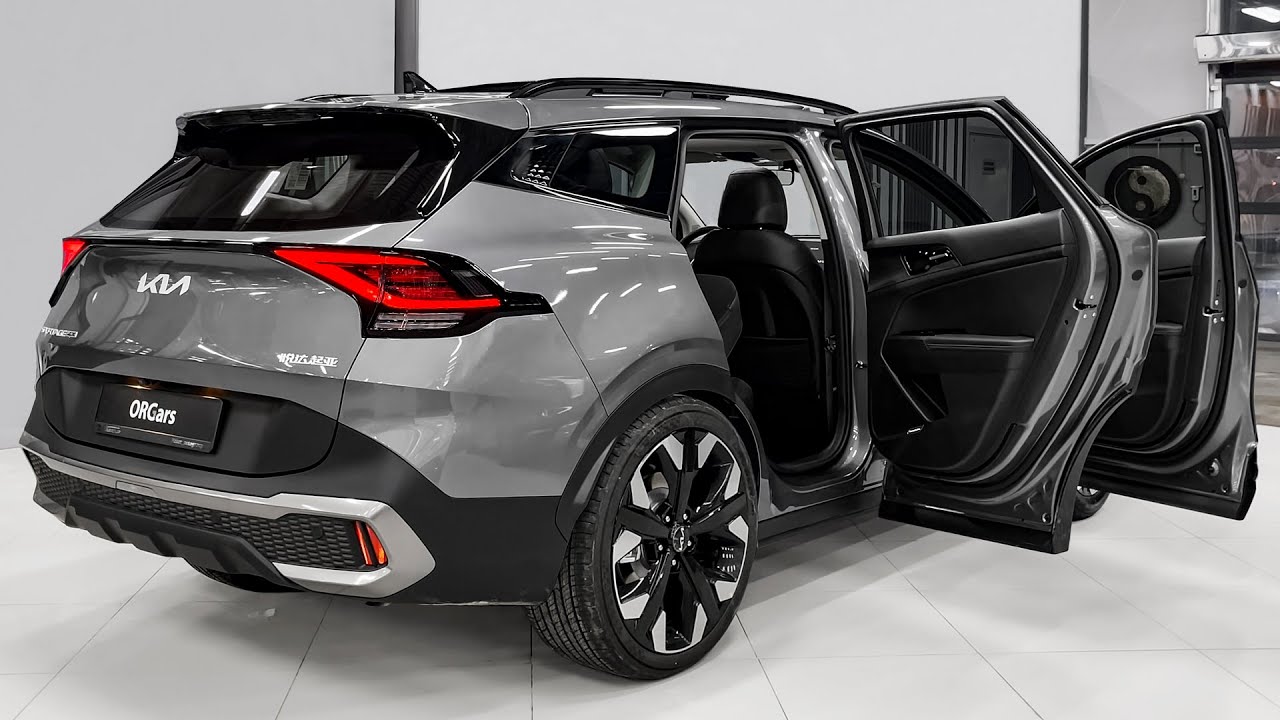
The Kia Sportage handles potholes and ridges more effectively than the Hyundai Tucson and offers slightly better body control than the Skoda Karoq.
However, it doesn’t quite match the comfort level of a Volvo XC40, particularly on models equipped with large 19-inch alloy wheels and the PHEV variant, which is heavier. The most comfortable version of the Sportage is the entry-level 2 trim, which comes with smaller 17-inch wheels and larger, more cushioned tires.
On the motorway, the Sportage is an excellent companion, handling undulations smoothly and feeling stable at higher speeds—similar to the well-controlled Honda ZR-V.
When it comes to handling, the Sportage has never been the top contender for the best-driving family SUV, but the current model performs adequately in corners. There’s noticeable body lean, but grip is plentiful, and the precise steering makes it easy to position the car exactly where you want it.
We believe the Sportage strikes a good balance between composure and comfort, making it a solid choice for most drivers. It’s a bit more agile to drive than the Hyundai Tucson, though if you’re looking for a more engaging driving experience, models like the Ford Kuga and Seat Ateca may be worth considering.
Depending on the chosen trim, the Sportage offers up to three driving modes: Eco, Normal, and Sport. The Eco mode is the most relaxed, with lighter steering and a softer accelerator response to maximize fuel efficiency. In contrast, the Sport mode provides heavier steering, allowing for more precise handling.
Four-wheel-drive versions of the Sportage come with an additional Terrain mode, designed to enhance traction on surfaces like mud, snow, or sand.
5. 2024 Ford Bronco
The 2024 Ford Bronco holds the distinction of having the lowest towing capacity among SUVs for the year. The standard configuration for the 2024 Ford Bronco Sport, which is equipped with a 1.5L three-cylinder engine producing 181 horsepower, allows it to tow only 2,000 pounds.
Upgrading to the 2.0L turbo four-cylinder engine increases the towing capacity to 2,200 pounds. This figure is considerably lower than that of the other SUVs on this list, which already have relatively low towing capacities.
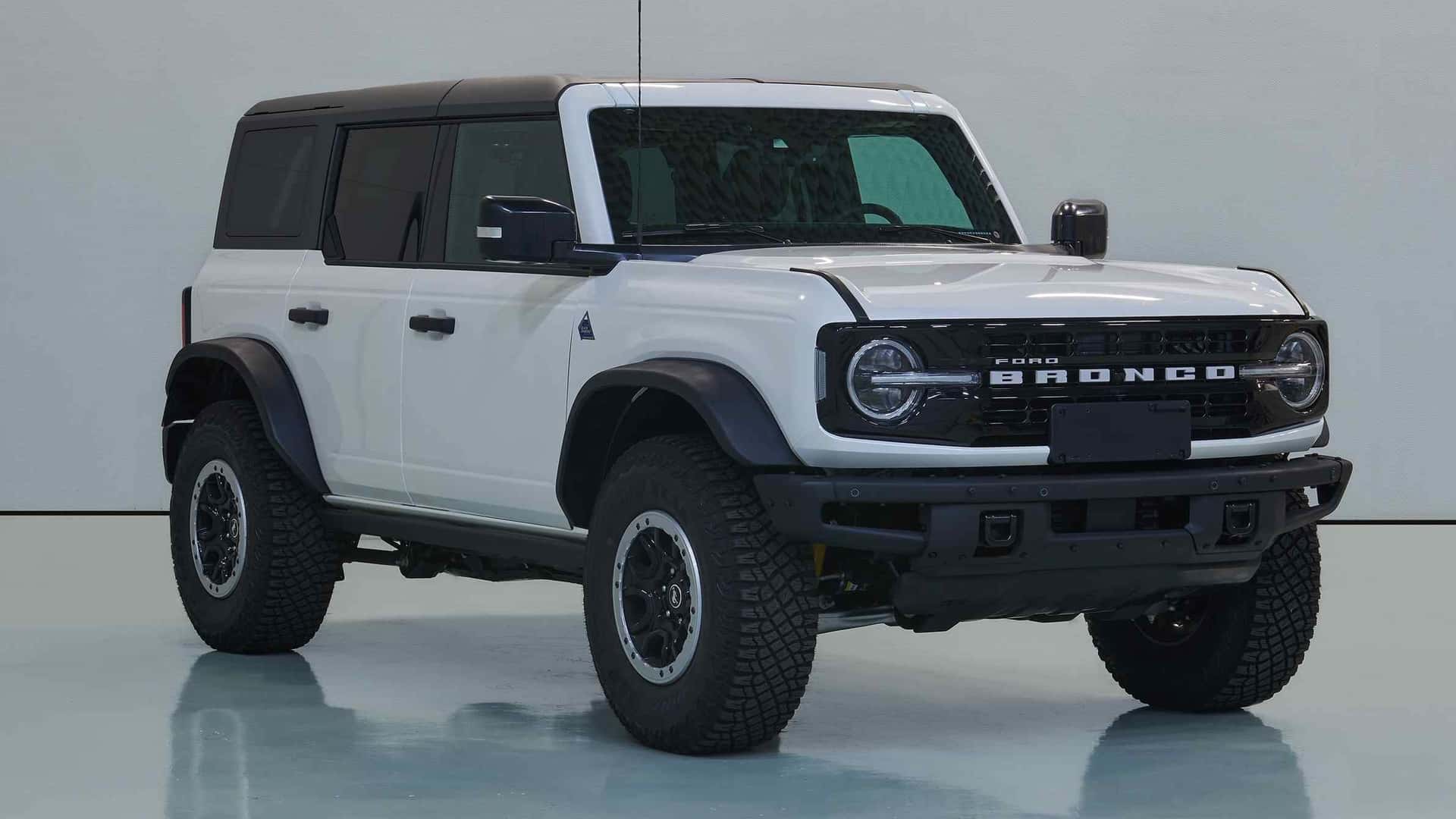
Despite its unimpressive towing abilities, the Ford Bronco compensates with an impressive array of technology available at every trim level.
Some of these trims enhance the off-roading experience, offering features like larger tires and additional suspension options, such as those found on the Wildtrak and Raptor trims (though these versions can become quite expensive).
While the Ford Bronco may not be the ideal choice for towing a trailer to a campsite, it remains a fun and capable SUV for any adventure where you want to explore off the beaten path.

